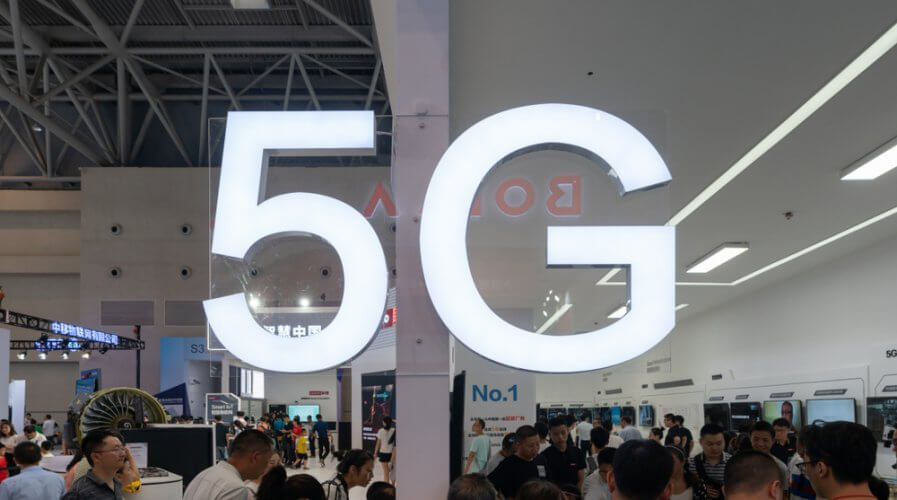
Malaysia to roll out 5G in phases by end of this year? Source: Shutterstock
IDC predicts a 217.2 percent growth in worldwide 5G connections by 2023
BUSINESS leaders have heard a lot about 5G over the past 12 months as the technology has been deployed in pilot projects and test zones across the world.
Now, as network provides inche closer to deploying the technology commercially, at scale, across the world, IDC’s analysts forecast that the compounded annual growth rate of 5G connections will touch 217.2 percent between 2019 and 2023.
In fact, by 2023, 5G will represent 8.9 percent of all mobile device connections.
Obviously, this signals great opportunities for businesses that are hoping to leverage sensors, connect devices, and tap into data in real-time.
# 1 | Data creation and consumption
The amount of data created and consumed by consumers and businesses will continue to grow over the coming years.
Shifting data-intensive users and use cases to 5G will allow network operators to more efficiently manage network resources, improving performance and reliability as a result.
# 2 | More connected things
As the IoT continues to proliferate, the need to support millions of connected endpoints at the same time will become increasingly critical.
With the ability to enable an exponentially denser number of simultaneous connections, 5G’s densification advantage be key for mobile network operators in providing reliable network performance.
# 3 | Speed and real-time access
The speed and latency that 5G enables will open up the door for new use cases and add mobility as an option to many existing ones.
Many of these use cases will come from businesses looking to leverage 5G’s technological advantages in their edge computing, artificial intelligence, and cloud services initiatives.
“While there is a lot to be excited about with 5G, and there are impressive early success stories to fuel that enthusiasm, the road to realizing the full potential of 5G beyond enhanced mobile broadband is a longer-term endeavor, with a great deal of work yet to be done on standards, regulations, and spectrum allocations,” said IDC Mobility Research Manager Jason Leigh.
“Despite the fact that many of the more futuristic use cases involving 5G remain three to five years from commercial scale, mobile subscribers will be drawn to 5G for video streaming, mobile gaming, and augmented reality and virtual reality applications in the near term.”
Irrespective of industry, businesses that begin to explore how 5G can help them better connect their business with customers will gain significantly — operationally as well as financially.
READ MORE
- Ethical AI: The renewed importance of safeguarding data and customer privacy in Generative AI applications
- How Japan balances AI-driven opportunities with cybersecurity needs
- Deploying SASE: Benchmarking your approach
- Insurance everywhere all at once: the digital transformation of the APAC insurance industry
- Google parent Alphabet eyes HubSpot: A potential acquisition shaping the future of CRM


